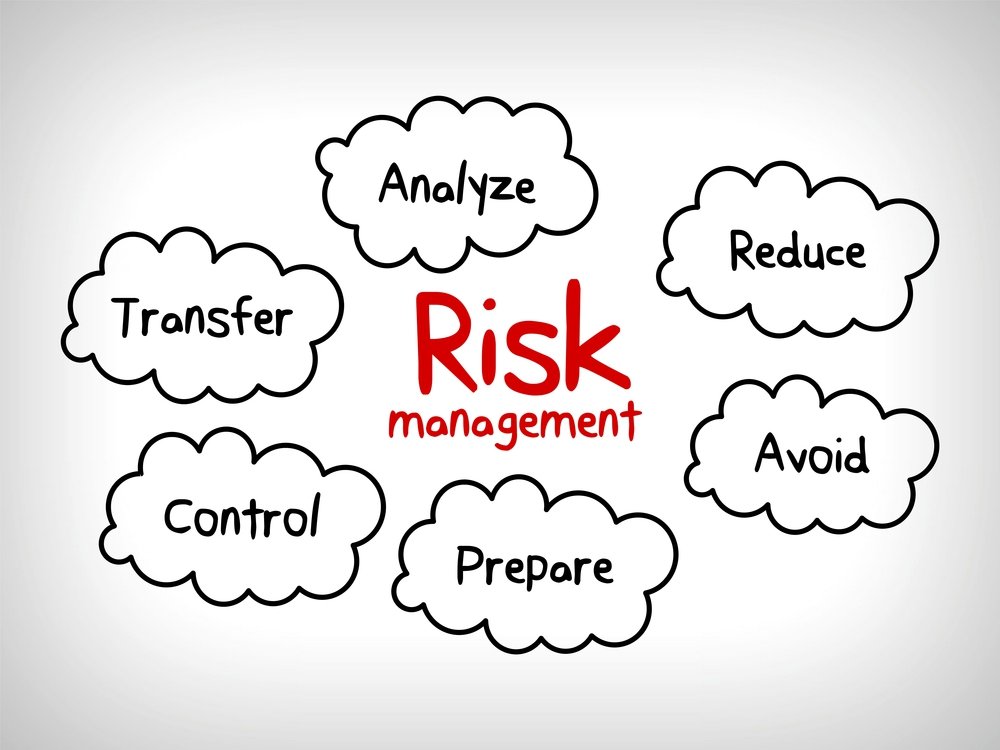How the Importance of Risk Management Shapes Effective Leadership
How the Importance of Risk Management Shapes Effective Leadership
Blog Article
Discovering the Relevance of Risk Management for Effective Decision-Making Approaches
In the intricate globe of organization, Risk Management becomes a crucial consider the decision-making procedure. The ability to recognize potential hazards and chances, and strategize as necessary, can spell the distinction between success and failure. With devices such as SWOT and PESTEL, organizations are furnished to make enlightened options, fostering durability and flexibility in an ever-changing atmosphere. Wondering just how this functions? Let's unbox the dynamics additionally.
Recognizing the Principle of Risk Management
Risk Management, an essential element in decision-making, is typically misunderstood or oversimplified. Risk Management involves structured and self-displined approaches, making use of information and informative evaluations. From monetary unpredictabilities, lawful liabilities, calculated Management mistakes, to accidents and all-natural disasters, it resolves different dangers - importance of risk management.
The Role of Risk Management in Decision-Making Processes
In the world of strategic preparation and business operations, Risk Management plays an important duty in decision-making processes. It assists in identifying prospective threats and unpredictabilities that can impact the achievement of service purposes. By tracing these risks, firms can create methods to reduce their influence, making certain company continuity and security. Risk Management thus becomes a crucial device in decision-making, helping leaders to make educated selections based on an extensive understanding of the threats entailed. It encourages a positive approach, allowing companies to anticipate and prepare for feasible future situations. This substantially decreases the probability of adverse effects, promoting extra effective and effective decision-making methods. Consequently, Risk Management offers as an essential element in the decision-making procedures of any type of organization.

Exactly How Risk Management Boosts Strategic Planning
In the context of tactical planning, Risk Management plays a pivotal role. Launching with the recognition of prospective dangers, it additionally encompasses the application of Risk mitigation steps. The role of Risk Management is not static however vibrant, as it demands continuous surveillance and adjusting of techniques.
Recognizing Possible Threats

Executing Risk Reduction
Risk reduction strategies can range from Risk evasion, Risk transfer, to risk decrease. Each approach needs to be tailored to the particular Risk, considering its possible effect and the organization's Risk tolerance. Efficient Risk mitigation needs a deep understanding of the read Risk landscape and the prospective effect of each Risk.
Monitoring and Changing Techniques
Though Risk reduction is an essential step in critical planning, continual tracking and change of these techniques is equally crucial. This ongoing procedure allows companies to identify brand-new dangers and reassess existing ones, guaranteeing the implemented approaches continue to be reliable in the ever-changing company setting. It likewise provides a chance to assess the success of the Risk Management actions, allowing modifications to be made where necessary, additional boosting strategic planning. Reliable monitoring and adjustment call for the use of analytics and vital efficiency signs (KPIs) to determine effectiveness. These devices offer useful data-driven understandings that can educate tactical decision-making. Surveillance and adjusting Risk Management techniques is a vital part for boosting an organization's strength and strategic preparation.
Instance Researches: Successful Risk Management and Decision-Making
In the globe of company and finance, successful Risk Management and decision-making usually serve as the columns of thriving ventures. These situations highlight the value of sharp Risk Management in decision-making processes. These instances underscore the critical function of Risk Management in calculated decision-making.
Tools and Techniques for Effective Risk Management
These devices, such as Risk registers and heat maps, help in recognizing and assessing possible risks. Risk response methods, a vital component of Risk Management, involve approving, staying clear of, transferring, or mitigating threats. With these strategies and devices, decision-makers can navigate the complicated landscape of Risk Management, thereby helping with notified and effective decision-making.
Future Trends in Risk Management and Decision-Making Approaches
As we check out the substantial landscape of Risk Management, it becomes apparent that the techniques and tools utilized today will continue to evolve. Future trends direct in the direction of a raised dependence on modern technology, with artificial intelligence and artificial intelligence go to this site playing considerable duties. These modern technologies will certainly make it possible for companies to predict potential risks with greater accuracy and Find Out More make more informed decisions. In addition, there will be an expanding emphasis on strength, not simply in handling risks yet likewise in recuperating from damaging scenarios. Last but not least, the idea of Risk culture, where every participant of a company is aware and associated with Risk Management, will certainly gain extra importance. These trends advertise an even more positive and comprehensive method in the direction of Risk Management and decision-making.
Conclusion

Risk Management therefore ends up being a crucial tool in decision-making, assisting leaders to make educated choices based on an extensive understanding of the risks involved. Risk reduction methods can vary from Risk avoidance, Risk transfer, to risk reduction (importance of risk management). Reliable Risk reduction needs a deep understanding of the Risk landscape and the possible influence of each Risk. Risk feedback strategies, a key component of Risk Management, entail approving, staying clear of, moving, or mitigating dangers. The idea of Risk society, where every member of an organization is mindful and involved in Risk Management, will gain more prestige
Report this page